Car, Boat, Train Fabric Bookends Tutorial
My husband and I are both bookworms. To instil the same love of reading into our kids, we have a growing collection of kids books. When decorating my son’s room, I wanted some bookends to go with the transport theme, but really couldn’t find anything I liked. So what is a craft blogger to do, but make her own.
I seem to have decided to make his room matchy-matchy. I used the same templates and fabric as the appliques on his quilt cover and wall art.
Here is the full tutorial for the boat. You can follow the same steps to create the train or car (or any other shape you like…)
Materials
Fabric:
- 15inch x 7.5inch for boat (I used a dark green quilter’s cotton)
- 10inch x 5 inch sails (Mod Squares in Leaf from Monaluna Mingle)
- white for the “background” (Quilter’s cotton again)
- 27inch x 3inch strip for the outside (I used New Traditions Stripe in Chartreuse from Robert Kaufman)
- Small scrap of white felt
Medium or Heavy-weight interfacing
Heat’n’bond lite (or equivalent)
Polyfill or other type of stuffing
Mini Zip-Lock Bag
Handful of rice/lentils or other beanie-type filling
Sticky-mat drawer liner
Sewing machine
Thread
Scissors and/or rotary knife
Glue
Instructions
Print out the template from here.
Cut 2 pieces of medium weight interfacing 7.5inch x 7.5inch (or one piece 15 x 7.5inch – I was working with scraps!) and iron onto fabric for the main boat.
Draw boat shape onto interfacing using the template from this post. I then simplified it a bit so there wouldn’t be so many corners and curves
With fabric doubled over and right sides together, cut out 2 boat shapes, adding a 1/2inch seam allowance on all sides.
Iron Heat and Bond onto the back of the white fabric. Draw the “background” sections of pattern onto the paper side of the Heat and Bond and cut out. For the boat, this was 2 strips 3 inch long and a little more than 1/2inch wide, and another two strips 3.5inch long and a little more than 1/2inch wide. The pieces extend into the seam allowance.
Iron heat and bond onto back of fabric for the sail. Place sail fabric in position on main boat piece, next to the mast. Carefully flip over and outline the boat piece.
Cut out the sail pieces. Cut out a second set of sails the mirror image of the first (ie cut with right sides together).
Remove backing paper from Heat and Bond. Position the sails onto the boat and iron into place.
Overlap the white background just a little over the sail and iron into place. Don’t worry if the pieces don’t line up perfectly on the outside as it will be sewn in the seam allowance.
Sew around the edge of the sail and white space with a small zigzag stitch. This is optional, but I think it looks a bit neater (and makes them more durable when the Little Man starts throwing them around!). Don’t bother with sewing the sections in the seam allowance. I used a stitch width of 2.0 and length of 0.5, but test it out on a scrap of fabric to make sure you’re happy with how it looks.
Iron interfacing onto the wrong side of the material for the outside strip of the bookend.
Cut 3inch wide strips of material for around the outside (for the boat, it’s approximately 27 inches. If you are making a different shape, measure the outside of the shape and add 1inch for each “corner”).
Cut sections of fabric the width of each “side of the boat” (It makes more sense if you look at the picture!). Make sure there is a 1/2inch seam allowance for each section to overlap!
Draw the outline of boat on the back of the second boat side of the bookend using the cutaway sections of the template. This really helps when sewing it together! Make a clip in the seam allowance at each corner.
Cut two flag shapes from white felt. Pin into place on each boat shape (onto the right side of the fabric).
Sew each strip on to one of the boats. Only sew along the actual seam line – do not sew into the seam allowances. This is important to get nice sharp box corners!
When you are sewing the strips on, make sure you fold the previous section out of the way, so you don’t sew across it. Each new section starts exactly where the last one finished so you end up stitching all the way around the boat outline (but only along the boat outline!).
At this point it will look like a mess of fabric, but trust me, it will come together soon…
Sew each side strip to the one next to it, sewing from the already sewn side to the edge of the seam allowance edge (1/2 inch from end). Once again, this ensures sharp corners on the bookend.
(Mental note: next time use contrasting thread)
See, it’s slowly making sense…
Now it’s time to sew the other side of the boat into place. Once again, line up each “side” of the boat with the corresponding strip and sew into place only along the outline of the boat (and not into the seam allowances). Leave a large opening (2-3 inch) in the bottom of the boat to turn it inside out (or outside out to be precise!). I always make this too small because I hate hand-stitching!
Trim the seam allowance at the corners. Cross your fingers and turn the boat right-way out (which is a real challenge when your opening is too small!).
Since it’s a bit difficult to iron, “finger press” the seams. That is pinch and run your fingers along each edge to get it to sit right.
Stuff with polyfill through the opening, making sure you push it into all the corners, but don’t quite fill all the way.
Put enough rice (or other bean-type material) to cover the bottom of the boat into a small zip lock bag.
Poke the bag of rice through the opening in the boat (once again, it’s a challenge if your opening isn’t big enough!), and then lay the rice bag flat along the bottom of the boat. Stuff a bit more polyfill in, if necessary. Then hand-stitch the opening closed (using really ugly stitching, if you hate hand-sewing…).
Cut a strip of sticky-mat drawer liner slightly smaller than the base of the bookend.
Apply the glue to the sticky-mat and position the base of the bookend. Then apply even more glue (I always use way too much glue!). Note: I used a run-of-the-mill craft glue.
Wait for the glue to dry, then sail away with your boat bookend.
If you use this tutorial, let me know in the comments or send me an email! And if you have any questions, let me know too!

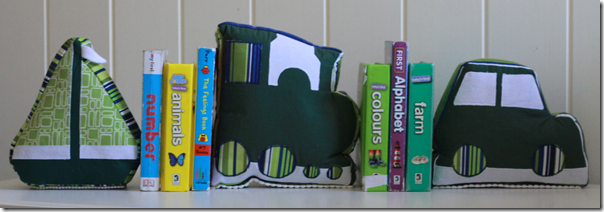
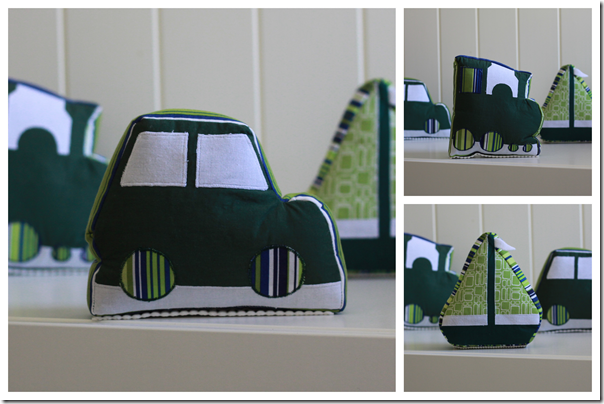
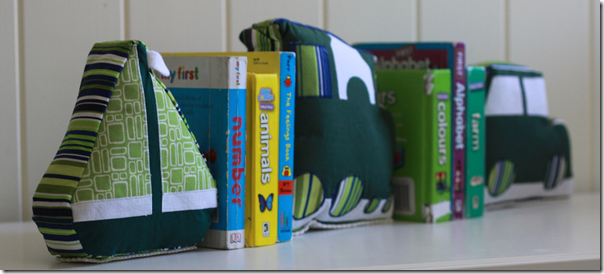










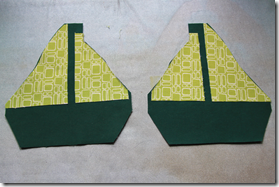
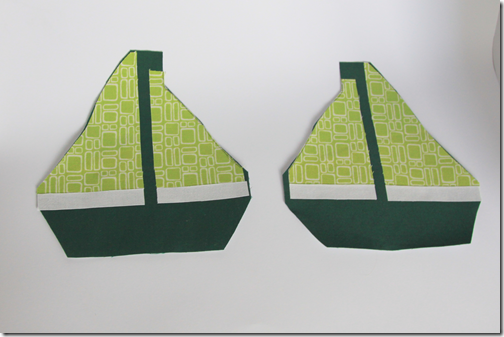
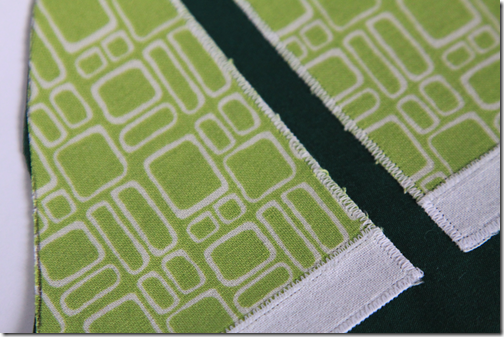

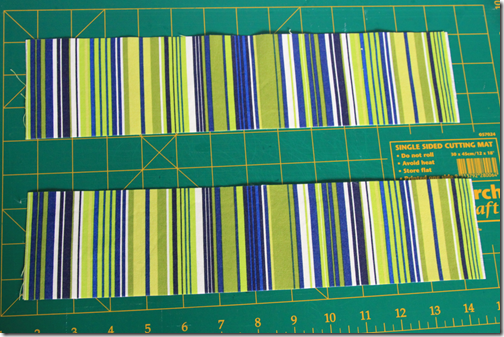
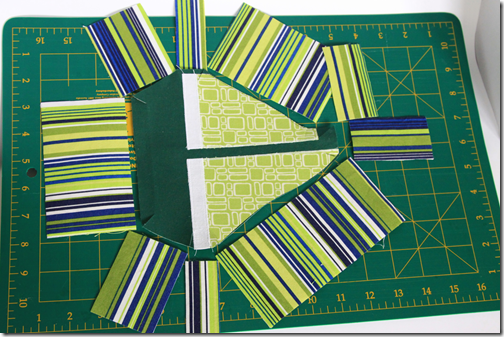

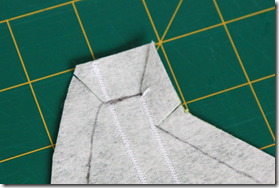
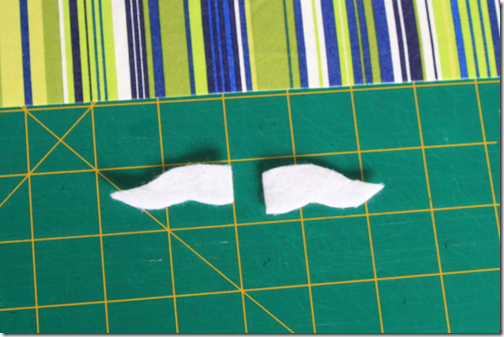
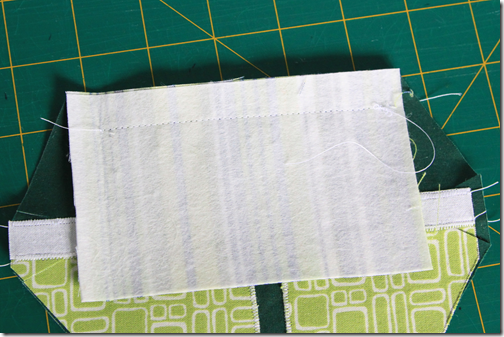
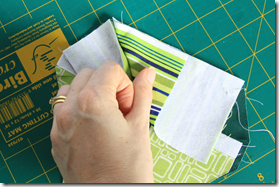
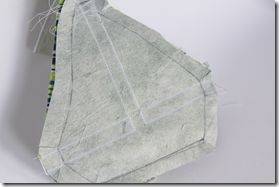
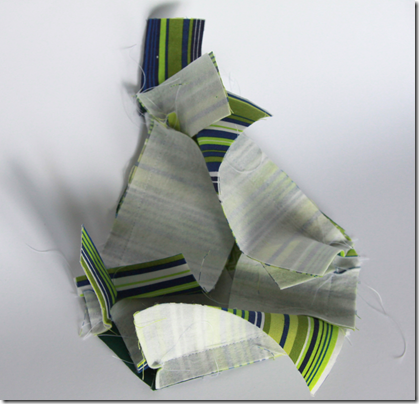
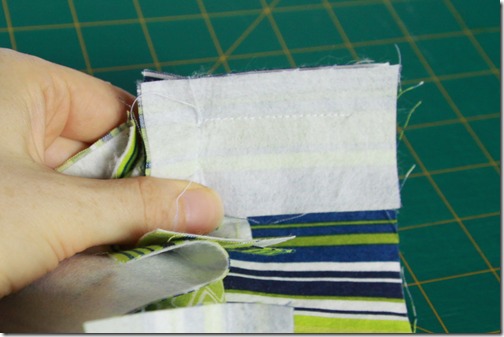
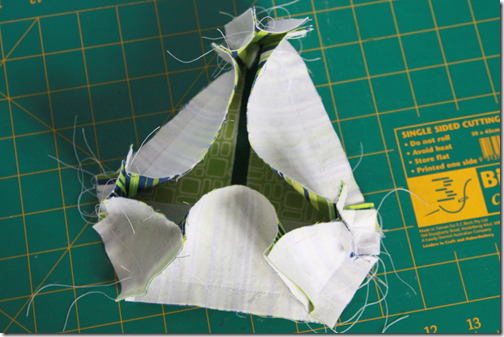
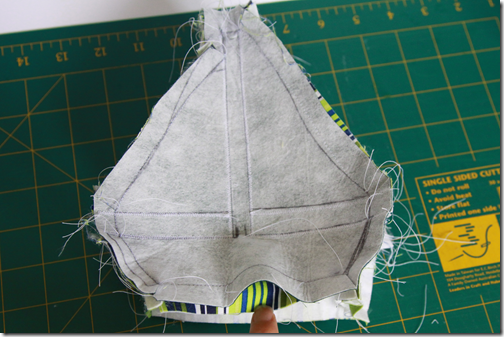
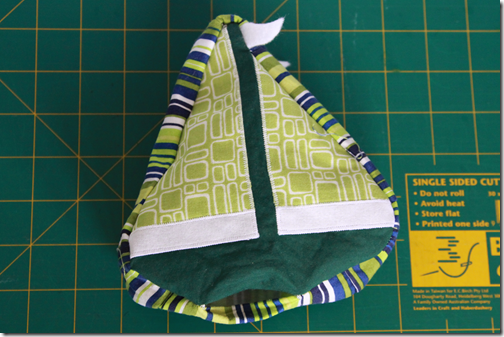

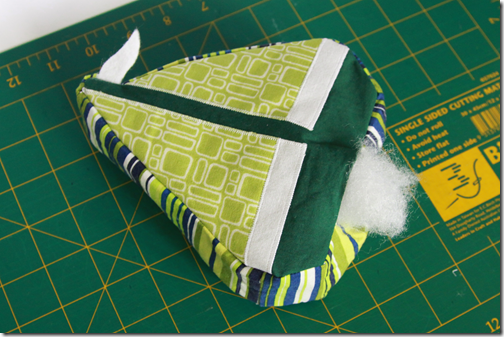
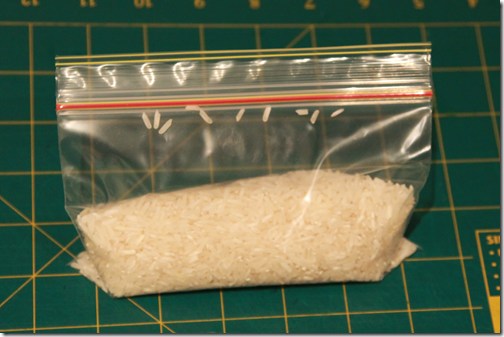
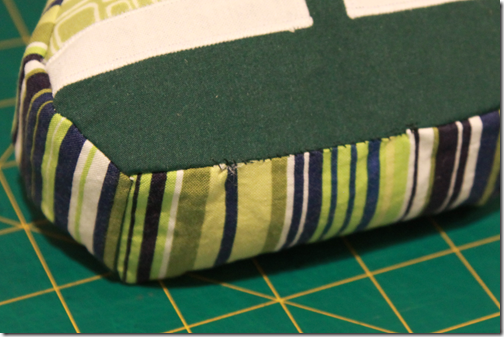
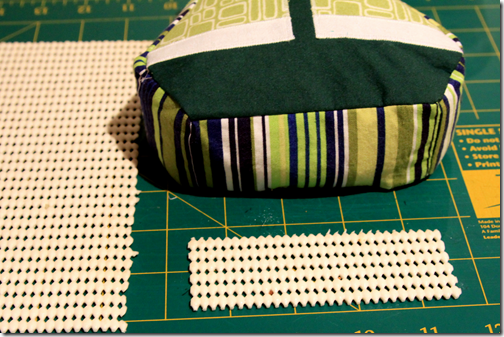


it looks lovely. you did sooo well!